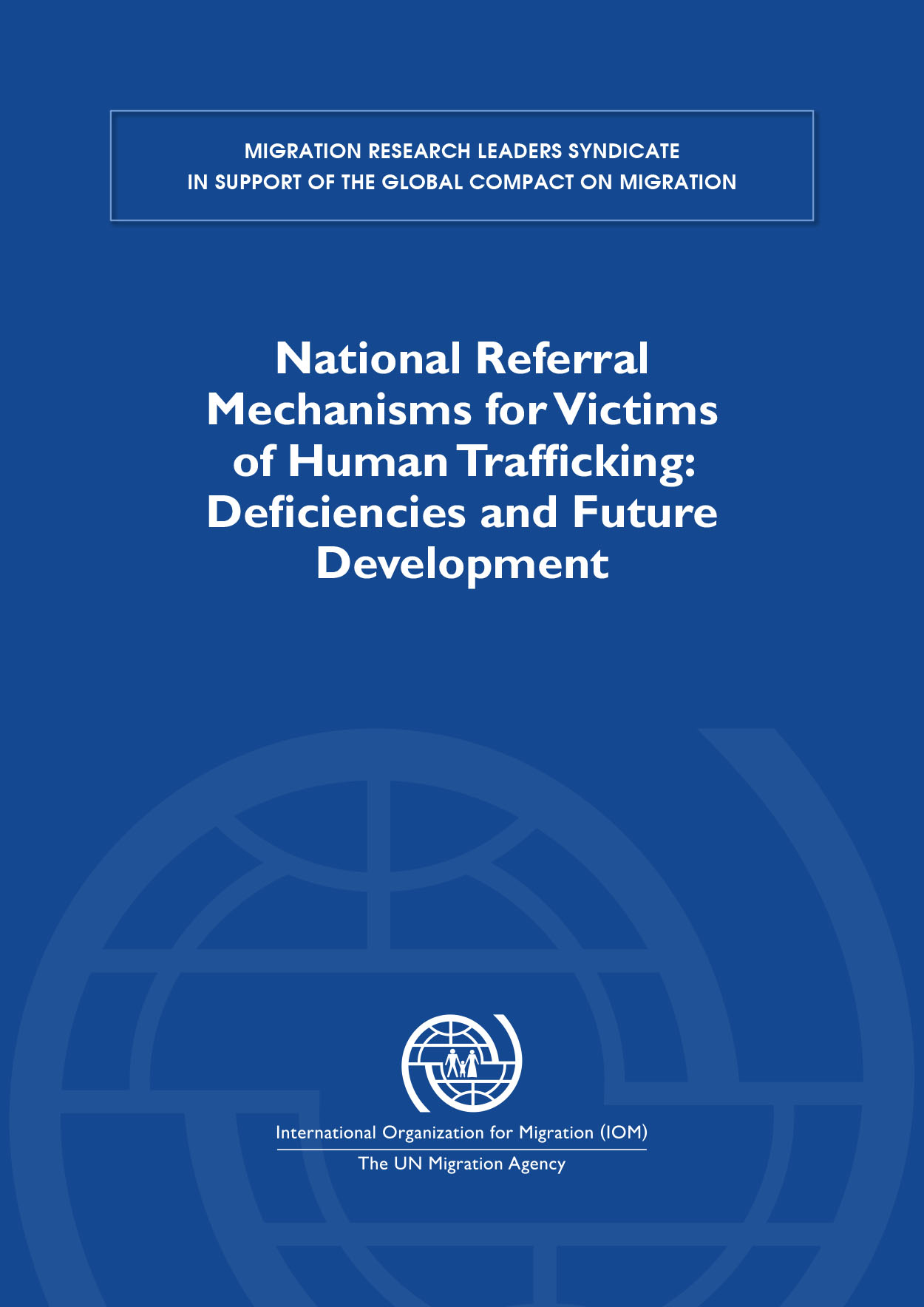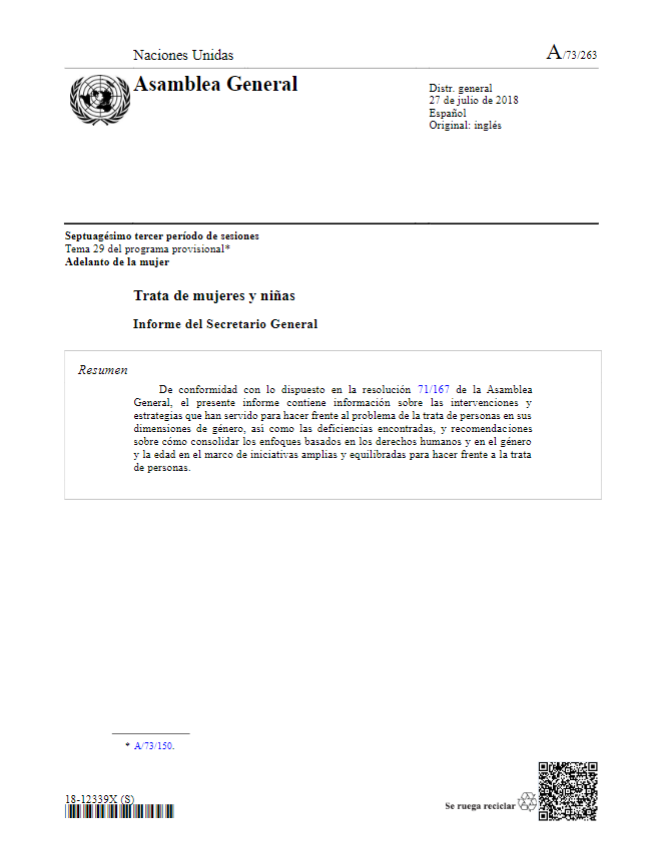Harrowing Journeys: Children and Youth on the Move Across the Mediterranean Sea, at Risk of Trafficking and Exploitation

Young migrants and refugees set out to escape harm or secure better futures – and face staggering risks in the process. For children and youth on the move via the Mediterranean Sea routes to Europe, the journey is marked by high levels of abuse, trafficking and exploitation. Some are more vulnerable than others: those travelling alone, those with low levels of education and those undertaking longer journeys. Most vulnerable of all are those who come from sub-Saharan Africa.
These findings come from a new UNICEF and International Organization for Migration (IOM) analysis of the journeys of some 22,000 migrants and refugees, including some 11,000 children and youth, interviewed by IOM. The report calls on all concerned parties − countries of origin, transit and destination, the African Union, the European Union, international and national organizations with support from the donor community – to prioritize a series of actions. These include establishing safe and regular pathways for children on the move; strengthening services to protect migrant and refugee children whether in countries of origin, transit or destination; finding alternatives to the detention of children on the move; working across borders to combat trafficking and exploitation; and combatting xenophobia, racism and discrimination against all migrants and refugees.
Country
Worldwide
Region
Worldwide
Year
2017
Topics








